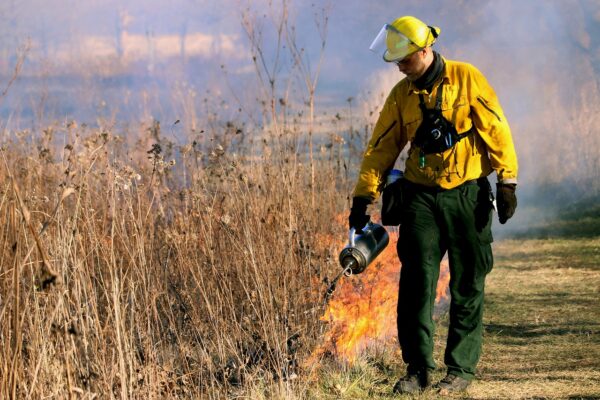
In the face of increasing wildfire threats, communities are recognizing the vital importance of proactive measures to safeguard lives, homes, and the environment. This article explores the concept of community resilience and outlines key strategies for building a fire-ready neighborhood. By fostering a collective commitment to preparedness, communities can significantly enhance their ability to withstand and recover from wildfire incidents.
Understanding Community Resilience:
Community resilience is the capacity of a community to adapt, withstand, and recover from adverse situations, such as natural disasters. In the context of wildfire-prone areas, building community resilience involves the collective efforts of residents, local authorities, and community organizations to minimize vulnerabilities and enhance preparedness.
Key Components of Community Resilience in Fire-Prone Areas:
- Education and Awareness:
- Establish community-wide educational programs about wildfire risks, evacuation procedures, and the importance of early detection.
- Encourage regular information sharing through community meetings, newsletters, and online platforms to keep residents informed about fire safety measures.
- Collaborative Planning:
- Develop and regularly update community-specific wildfire response and evacuation plans.
- Foster collaboration with local fire departments, emergency services, and relevant authorities to ensure seamless coordination during fire incidents.
- Vegetation Management:
- Implement strategic vegetation management practices, such as creating defensible space around homes and clearing flammable vegetation.
- Encourage the use of fire-resistant landscaping and building materials to reduce the risk of fire spread.
- Early Detection Systems:
- Invest in early detection systems, including fire weather monitoring and community alert systems, to provide timely warnings to residents.
- Train community members to recognize early signs of potential fire threats and report them promptly.
- Emergency Response Training:
- Conduct regular drills and training sessions for community members on emergency response procedures.
- Establish community volunteer groups trained in basic firefighting and first aid to support official response efforts.
- Infrastructure Improvements:
- Advocate for improved infrastructure, such as wider roads for evacuation, accessible water sources for firefighting, and enhanced community shelters.
- Ensure that community infrastructure is built or retrofitted with fire-resistant materials.
Building a Fire-Ready Neighborhood:
Step 1: Engage the Community:
Create a sense of shared responsibility by involving residents in the development and implementation of wildfire preparedness initiatives. Establish community meetings, workshops, and social events to promote a collective commitment to building a fire-ready neighborhood.
Step 2: Conduct Risk Assessments:
Collaborate with local authorities to conduct thorough risk assessments, identifying vulnerable areas and potential hazards. Use this information to tailor community resilience strategies to the specific needs and challenges of the neighborhood.
Step 3: Develop and Implement Community Plans:
Work together to create comprehensive community plans that cover evacuation routes, communication strategies, and emergency shelters. Regularly update and practice these plans to ensure that everyone is familiar with their roles and responsibilities in the event of a wildfire.
Step 4: Promote Sustainable Practices:
Encourage sustainable practices that contribute to fire resilience, such as using fire-resistant building materials, maintaining defensible space, and participating in community-wide cleanup initiatives. Foster a culture of environmental stewardship to reduce the overall risk of wildfires.
Step 5: Foster a Supportive Network:
Build a strong sense of community by fostering relationships among residents. Establish communication channels, such as neighborhood watch groups or online forums, to facilitate information sharing, support during emergencies, and collective problem-solving.
Building a fire-ready neighborhood requires the active participation of every resident, as well as collaboration with local authorities and organizations. By prioritizing education, collaboration, and strategic planning, communities can strengthen their resilience to wildfires, ultimately creating safer and more secure environments for everyone. In the face of evolving climate challenges, community resilience becomes a cornerstone in ensuring the well-being and sustainability of fire-prone neighborhoods.
